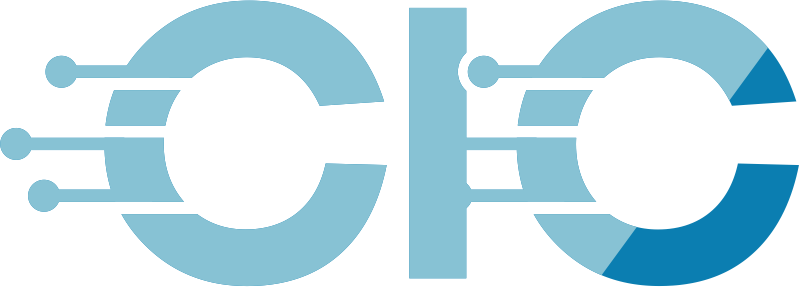In marine and vehicle systems, battery selection directly impacts performance and reliability. Deep cycle LiFePO4 (Lithium Iron Phosphate) batteries are favored for their long lifespan, high safety, and stable discharge characteristics. However, when considering their use in high-power applications such as engine cranking, windlass operation, or bow thrusters, factors like battery design, load requirements, and operational limitations must be carefully evaluated. This article provides a technical analysis of their suitability and practical usage recommendations.

Core Characteristics of Deep Cycle LiFePO4 Batteries
Compared to traditional lead-acid batteries, LiFePO4 batteries offer several advantages:
- High cycle life: Can endure 2,000–5,000 deep discharge cycles (80%-100% Depth of Discharge, DOD), far exceeding the 300–500 cycles typical of lead-acid batteries.
- Lightweight: Energy density is 3–4 times that of lead-acid batteries, significantly reducing system weight.
- Fast charging: Supports charge rates of 1C or higher (some models up to 3C).
- Safety: Resistant to high temperatures, with no thermal runaway risk, making them ideal for demanding environments.
However, deep cycle LiFePO4 batteries are primarily designed for sustained discharge rather than high instantaneous discharge rates, making them different from high-rate starting batteries.
Application Analysis: Are Deep Cycle LiFePO4 Batteries Suitable?
1. Engine Cranking (High Instantaneous Current Demand)
-
Requirement characteristics: Starting an engine requires delivering several hundred amps of peak current within 3–10 seconds (e.g., diesel engines may require over 500A).
-
Limitations of deep cycle batteries:
- Discharge rate (C-rate): Standard deep cycle LiFePO4 batteries typically have a continuous discharge rate of 1C (e.g., a 100Ah battery can provide a maximum continuous current of 100A), with a pulse discharge capacity of 3–5C (300–500A). If the battery’s rating does not meet the engine’s starting current requirement, startup failure or battery damage may occur.
- BMS protection: Some Battery Management Systems (BMS) limit maximum output current to protect battery cells, which may trigger overcurrent protection and shut off power.
-
Solutions:
- Choose high-rate LiFePO4 batteries that support continuous 3–5C discharge and peak currents of 10C or higher, specifically designed for starting applications.
- Review the battery specifications to ensure peak current capacity meets engine requirements and confirm that the BMS allows short-term overload.
2. Windlass and Bow Thrusters (Intermittent High Loads)
-
Requirement characteristics: These systems require short bursts of high current (lasting 30 seconds to several minutes) and can draw power in the kilowatt range.
-
Suitability of deep cycle batteries:
- If the battery’s continuous discharge rate (e.g., 1C) and peak discharge rate (e.g., 3–5C) match the equipment’s maximum current demand, it can be used safely.
- Power calculation: For example, a 24V, 2000W bow thruster draws about 83A (2000W/24V). A 100Ah deep cycle LiFePO4 battery (continuous 1C = 100A) can support this load, but frequent use requires adequate charge capacity to prevent over-discharge.
-
Considerations:
- Repeated high-load operations may cause battery temperature to rise, necessitating adequate cooling.
- Use a battery monitoring system to track State of Charge (SOC) and State of Health (SOH) in real-time.
Key Parameters and Optimization Recommendations
1. Verify Battery Specifications
- Maximum continuous current (e.g., 100A @ 1C) and pulse current rating (e.g., 300A @ 3C for 3 seconds).
- BMS protection limits: Ensure the overcurrent protection threshold is higher than the equipment’s peak current demand.
- Temperature range: Marine environments often face low temperatures; ensure the battery supports discharge at -20°C or higher (LiFePO4 batteries have weaker low-temperature performance than lead-acid batteries, so a heating function may be necessary).
2. System Design Optimization
- Parallel battery configurations: If a single battery’s current output is insufficient, parallel connections can increase total output (e.g., two 100Ah batteries in parallel provide a continuous 200A output).
- Supercapacitor assistance: For engine starting, supercapacitors can provide instant high current, reducing strain on the battery.
- Charging system compatibility: Ensure the onboard charger supports LiFePO4 charge profiles (constant current + constant voltage, CC/CV); avoid using a lead-acid battery charger.
3. Maintenance and Safety
- Secure installation: The marine environment involves significant vibration; batteries must be securely fastened, and IP67-rated enclosures should be used to prevent seawater corrosion.
- Periodic cell balancing: Although LiFePO4 cells maintain good consistency, BMS balancing is still recommended to prolong lifespan.
Alternative Solutions and Cost Considerations
- Hybrid battery systems: Keep deep cycle LiFePO4 batteries for auxiliary loads (e.g., lighting, navigation) and use a dedicated high-rate LiFePO4 or AGM battery for engine starting and high-power equipment.
- Upgrading to high-rate LiFePO4 batteries: Although more expensive, these batteries simplify the system, reduce weight, and enhance reliability.
Conclusion: Evaluate Carefully and Configure Wisely
Deep cycle LiFePO4 batteries can be used for engine starting, windlass operation, or bow thrusters under specific conditions, but they must meet the following criteria:
- Peak discharge capability must cover the equipment’s maximum current demand.
- BMS must allow short-term overload without triggering protection.
- System design should address cooling, low-temperature operation, and charge management.
By carefully assessing these factors, users can determine whether deep cycle LiFePO4 batteries are a viable solution or if alternative configurations are needed for their specific applications.

